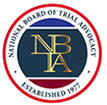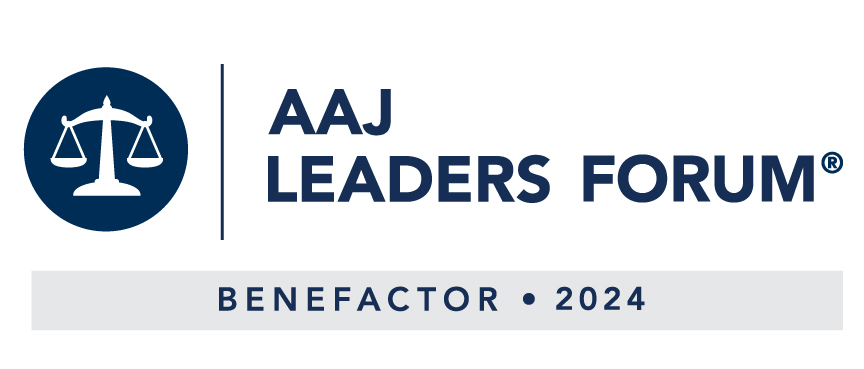In today’s post, we revisit the topic of state regulation of asbestos. We recently began this discussion in a previous post that looked at the huge role of federal law in regulating health and safety issues related to asbestos.
We talked about the current political climate in which the U.S. Environmental Protection Agency or EPA is in danger of losing budgetary support and regulatory authority. The EPA has had a massive role in enforcing environmental and personal asbestos protections, including Superfund cleanup projects.
Should the EPA’s role be diminished, state governments may feel pressured to pick up the slack, which could bring significant cost increases to state budgets.
In Part I, we also talked about OSHA-plan states, meaning the roughly half that have legislated their own occupational and safety laws instead of adopting the federal Occupational Safety and Health Act. State OSHA plans must be at least as strict as the federal law.
Other Areas of State-Law Asbestos Regulation
Much state (or tribal) regulation of asbestos is in coordination with the federal EPA, similar to the federal OSHA-state coordination of work-safety laws. Broadly, a federal safety law may allow (or require) a state to administer or enforce the federal standard (or something stricter) instead of the EPA acting as the enforcer. In such a situation, the EPA may advise and oversee state action or require approval, and the state in return may get federal money or support to administer the regulatory oversight.
Depending on the federal law, the delegation to a state may be of either complete or partial responsibility.
A state which has received delegation of authority from EPA to enforce certain asbestos safety laws will likely enact its own laws and regulations to carry out its delegated responsibilities. Also, a state pollution control or environmental safety agency will likely take on most of the regulatory responsibility to see that the federal standard is enforced.
The federal laws involved in these federal-state partnerships impacting asbestos regulation include:
- Those regulating specific air pollutants (such as new source performance standards or NSPSs and national emission standards for hazardous air pollutants or NESHAPs, which cover asbestos), including releases into the air and standards for building demolition or renovation
- Those involving asbestos control in schools (such as the Asbestos Hazard Emergency Response Act or AHERA)
We will continue this discussion in a Part III post.










